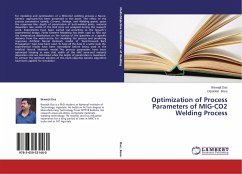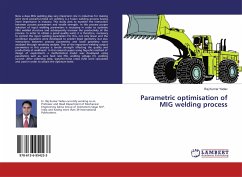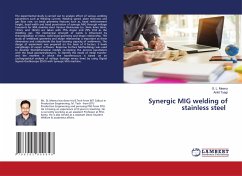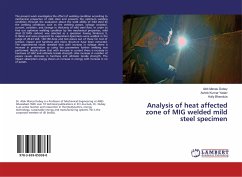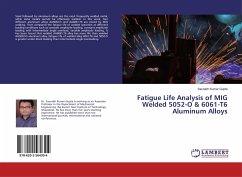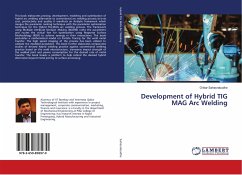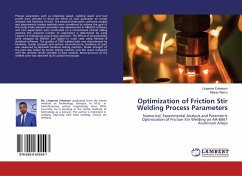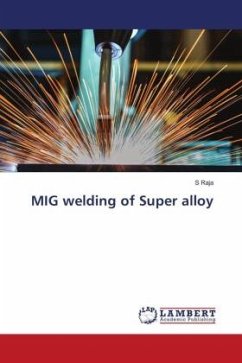For modeling and optimization of a MIG-CO2 welding process a Neuro-Genetic approach has been presented in this book. The effect of the process parameters namely, Current, Voltage, and Welding speed, upon the responses like: depth of penetration of butt-welded joints, material deposition rate, width of the HAZ zone are analyzed during this research work. Experiments have been carried out according to the Taguchi's experimental design. Finite Element Modeling has been used to find out the temperature distribution on the surface of the specimen at a specific distance from the weld centre. For modeling the process and predicting responses Artificial Neural Network model of 'Feed Forward Back Propagation' type have been used. To have all the data in a same scale the experimental results have been normalized before being used in the Artificial Neural Network model. The process parameters have been optimized keeping in view that width of the HAZ zone and material deposition rate are minimized while the depth of penetration is maximized. To achieve the optimum solution of this multi objective Genetic Algorithm have been applied for simulation.
Bitte wählen Sie Ihr Anliegen aus.
Rechnungen
Retourenschein anfordern
Bestellstatus
Storno

